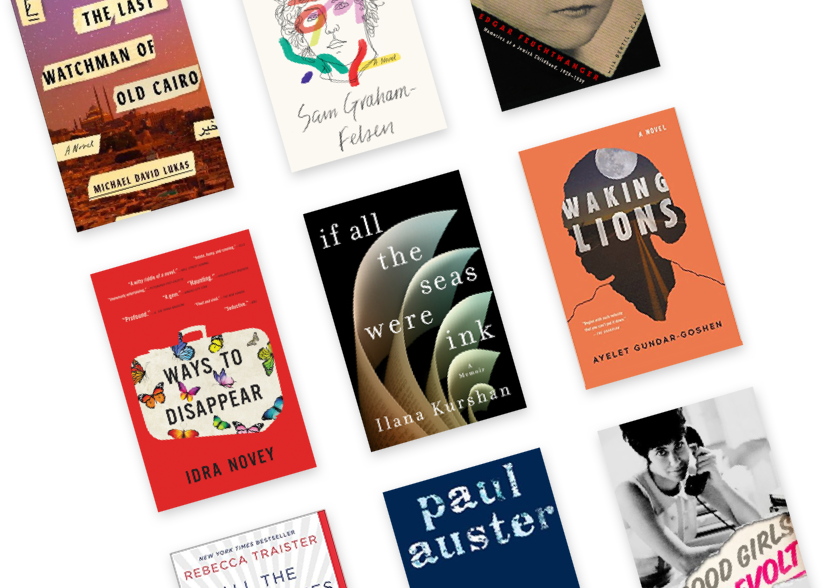Pam Jenoff’s latest novel, Last Twilight in Paris, takes place in two different decades and two different places. First we meet Helaine, in 1943 Paris, when the Nazi occupation and torment of French Jews is fully underway. We are then introduced to Louise who, a decade later, lives with her husband Joe and her twins in a tidy home outside London.
The lives of these two women come to intersect due to Louise’s discovery of a small heart-shaped charm necklace that she is convinced is the same one her friend Franny had when she died during a Red Cross trip to deliver care packages to British POWs — a trip Louise had joined almost on a lark.
While the story is firmly rooted in the traumatic years of World War II, it is also about women seeking freedom in a man’s world; women consigned to supporting roles once the war ended and their courage and skill no longer were no longer deemed useful. It is a story about instant, irrational love; and about steadfast, slow love — the kind that is rooted in loyalty to something that was not quite fully formed before war intervened.
Helaine grows up in a kind of gilded cage in Paris, kept at home by parents who fear for her after her slow recovery from a life-threatening childhood illness. Helaine’s devoted mother defies her father in allowing her daughter a small taste of freedom, and once Helaine experiences the Paris she has only seen from her window, there is no going back. Her walks grow longer, and on one, she meets Gabriel, a cellist in the National Symphony Orchestra. When Gabriel asks for Helaine’s hand in marriage, it leads to a complete break with her parents, who refuse to accept their union.
For her part, Louise struggles with being consigned to “only” being a wife and mother after having played an active role in trying to bring relief to British POWs in German-occupied France. In her determination to trace the history of the necklace, Louise recaptures the excitement and sorrow of her wartime years.
The mystery of the necklace, whose other half is missing, is the thread that runs through the novel. Jenoff does a masterful job of maintaining the suspense, and we are deep into the novel before we begin to see glimmers of what connects the protagonists.
Jenoff ties things up in ways I found myself understanding, but also slightly disappointed by. That is perhaps a function of my being a child of a Holocaust survivor who never knew with full clarity what happened to some members of his family. That not knowing is the hole in every story of this kind. And life too often teaches us that some holes can never be filled in, that some mysteries remain unsolved, forcing us to carry the question marks with us.
Nina Mogilnik left a long career in philanthropy, non-profit, and government work to focus on family, on causes dear to her, and on her own writing, which she publishes on Medium, at the Blogs of the Times of Israel, and elsewhere.

